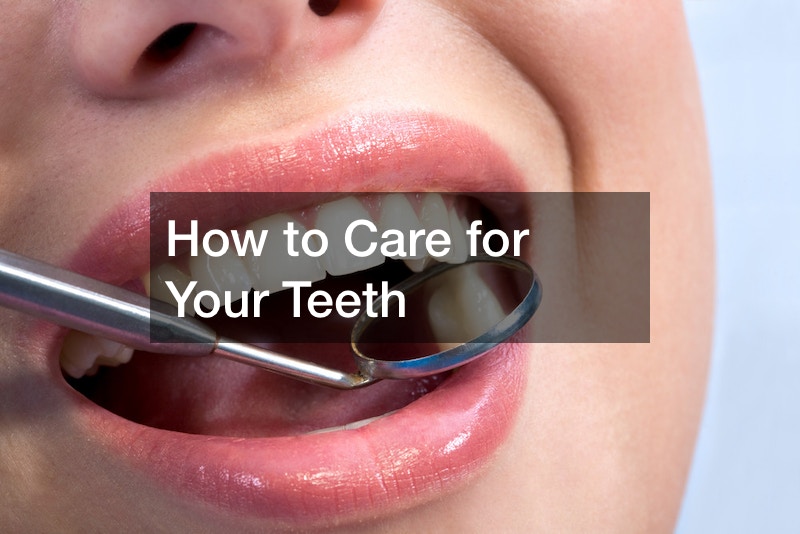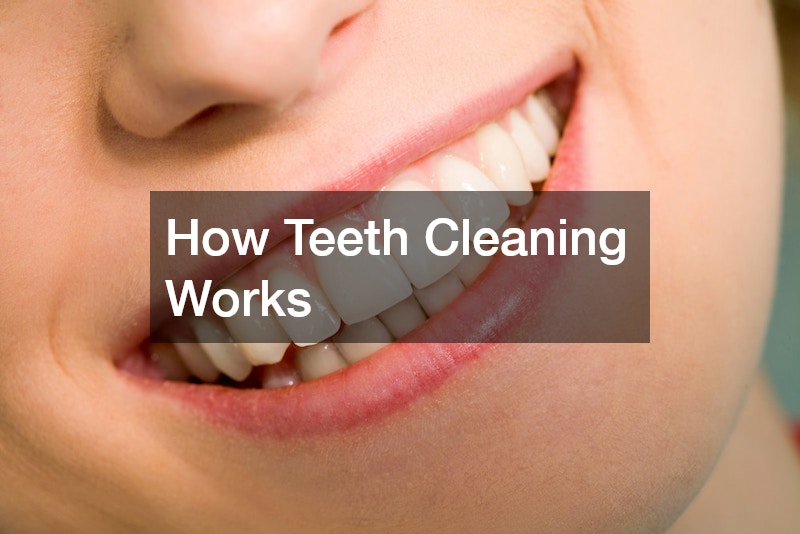
What is the Process of Getting Veneers?
Dental veneers are thin, custom-made shells designed to cover the front surface of teeth, enhancing their appearance by altering their color, shape, size, or length. They have become a popular solution in cosmetic dentistry due to their ability to deliver a natural-looking smile while addressing imperfections such as discoloration, chips, or gaps. Whether made from porcelain or composite resin, veneers are known for their aesthetic appeal and long-lasting results when properly cared for.
How Do Veneers Work?
Understanding Veneers
Veneers are wafer-thin shells that bond to the front surface of teeth to improve appearance and alignment. Coming in two main types: porcelain and composite resin, veneers are one of the most popular cosmetic dental treatments patients get to restore their smile. Porcelain veneers are highly durable and resist stains better, while composite resin veneers are less costly and can often be applied in a single visit. The choice between the two often depends on budget, desired results, and the condition of the patient’s teeth. Veneers are a great cosmetic treatment for many individuals. Learn more below and discover if you are a candidate.
Application Process
The veneer application process typically begins with a consultation and examination to determine suitability. During the preparation phase, a small amount of enamel is removed from the tooth surface to make room for the veneer. Impressions are then taken and sent to a lab where the custom veneers are fabricated. Once ready, the dentist carefully bonds them to the teeth using a strong adhesive, ensuring a precise fit and natural look. The process usually takes two to three visits.
What is the Cost of Veneers?
Factors Influencing Cost
The price of veneers varies based on the material chosen, the number of teeth treated, geographic location, and the expertise of the dentist. Porcelain veneers are generally more expensive due to the laboratory work and materials involved.
Average Price Range
Porcelain veneers tend to cost more than composite resin veneers, but their longer lifespan often makes them a better long-term investment. Composite veneers are more affordable but may require replacement sooner.
Insurance Considerations
Since veneers are considered a cosmetic procedure, they are typically not covered by standard dental insurance. Some exceptions may exist if veneers are deemed necessary for restorative purposes, but coverage is rare.
Comparisons with Alternatives
Alternatives such as teeth whitening, bonding, or orthodontic treatments may be less expensive but address different concerns. Veneers provide an immediate, comprehensive solution for multiple aesthetic issues that other treatments may not fully resolve.
Cost vs. Benefit Analysis
Although veneers involve a significant upfront cost, their long-lasting and transformative results often justify the investment. They offer a permanent improvement to one’s smile and confidence, provided they are cared for properly.
Who is an Ideal Candidate for Veneers?
Assessing Dental Health
Healthy gums and teeth are essential before getting veneers. Any decay, gum disease, or other oral issues should be treated first to ensure a stable foundation. It is important to develop a treatment plan with your dentist to ensure you get the best results.
Cosmetic vs. Functional Needs
Veneers are ideal for individuals seeking to improve the appearance of their smile rather than fix functional problems. They correct aesthetic issues such as discoloration, uneven spacing, or minor misalignment but are not suited for major structural repairs.
Age Considerations
While veneers can be placed on adults of most ages, they are typically recommended for individuals whose teeth and gums have fully developed. Younger patients may need to wait until full dental maturity to avoid future complications.
What is the Recovery and Maintenance Process?
Immediate Post-Procedure Care
After veneers are placed, patients may experience mild sensitivity, which typically subsides within a few days. It’s important to avoid very hot or cold foods initially and follow the dentist’s care instructions closely.
Long-Term Maintenance
Maintaining veneers involves regular brushing, flossing, and avoiding habits like biting hard objects or chewing ice. Although veneers are stain-resistant, minimizing coffee, tea, and tobacco use can help preserve their brightness.
Role of Regular Dental Check-Ups
Routine dental visits help ensure veneers remain intact and the underlying teeth stay healthy. Dentists can identify early signs of wear or damage and provide timely adjustments.
Handling Damages and Repairs
If a veneer chips or cracks, it’s essential to see a dentist promptly. Minor issues can sometimes be repaired with bonding, but major damage might require replacement.
Lifestyle Adjustments
Veneer wearers may need to adopt certain lifestyle change, such as wearing a mouthguard during sports. They may need to wear them during sleep at night if they grind their teeth. Both of these can prolong their veneers’ life and protect them as an investment.
Getting veneers is a highly personal decision that balances cosmetic goals with oral health needs. When performed by an experienced professional and properly maintained, veneers can offer a beautiful, lasting improvement to one’s smile, enhancing both appearance and confidence for years to come.




